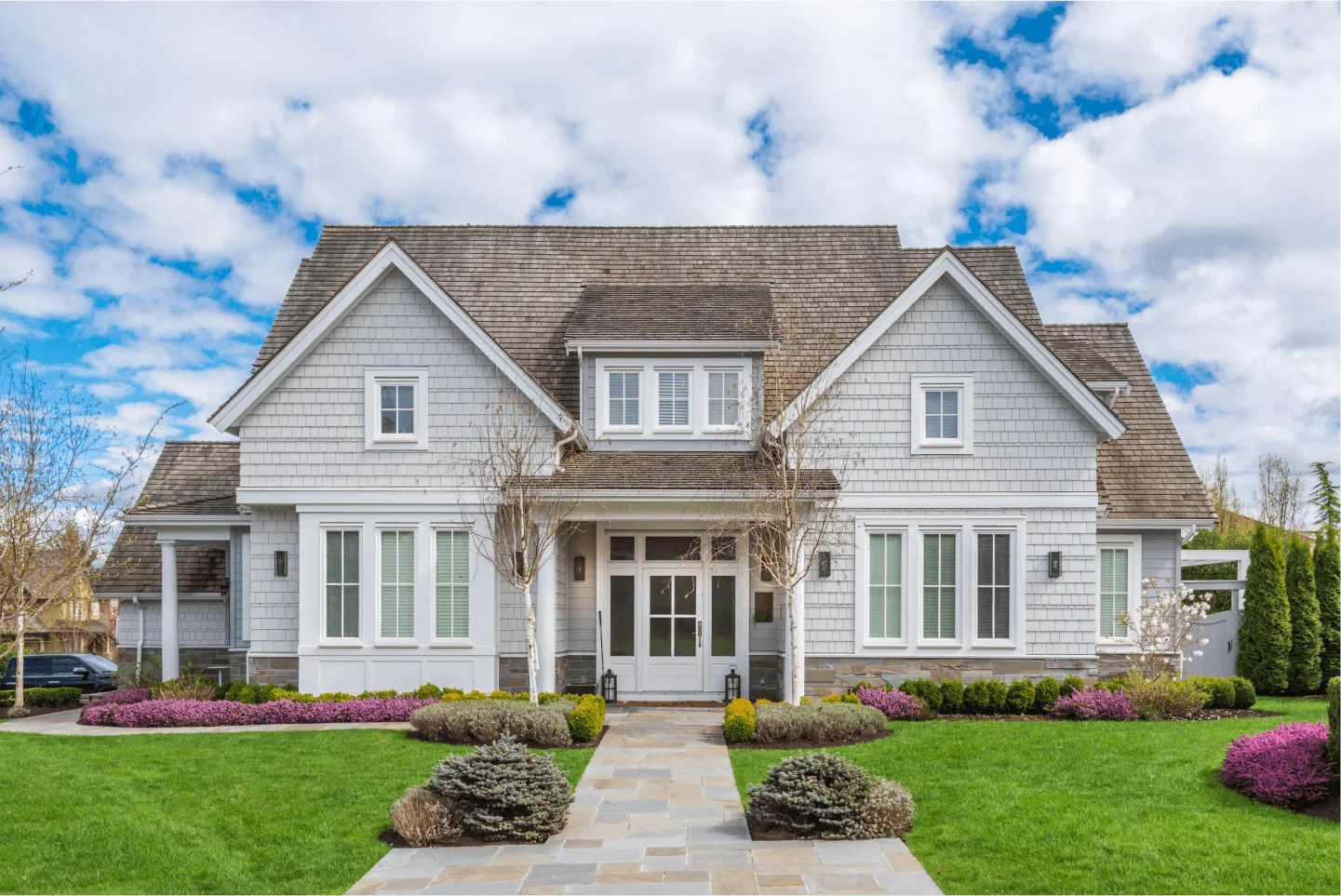
The dream of homeownership is more attainable than ever, and you might be closer to it than you think! Many people believe that buying a home requires a hefty down payment, often amounting to 20% of the home's purchase price. However, that is not always the case. There are various programs and loan options available that allow you to buy a home with minimal or even no down payment. This guide will walk you through your options and how you can navigate this path toward owning your dream home.
First, let’s explore the concept of down payments. A down payment is a sum of money you pay upfront for a home. It reduces the amount you need to borrow and can affect your monthly mortgage payments and interest rates. Traditionally, a larger down payment means lower monthly payments, but many people aren't aware that they can still achieve homeownership without a large chunk of savings set aside.
One of the most popular options for buyers with little to no down payment is the FHA loan. Insured by the Federal Housing Administration, FHA loans are designed to assist those who may not qualify for conventional loans. With an FHA loan, you can secure a mortgage with as little as 3.5% down if you have a credit score of 580 or higher. For those with lower credit scores, you can still qualify with a down payment of 10%. The flexible requirements make it easier for many to step into homeownership without needing a mountain of cash.
Another fantastic option is the VA loan, which is available to veterans, active-duty service members, and certain members of the National Guard and Reserves. VA loans do not require a down payment at all and come with favorable terms, such as no private mortgage insurance (PMI) requirement. This means significant savings on your monthly payments, allowing you to keep more of your hard-earned money in your pocket while still making your dream of homeownership a reality.
If you are a first-time homebuyer, you might also want to look into USDA loans. These loans are designed for rural and suburban homebuyers who fall within certain income limits. USDA loans can provide up to 100% financing, which means you can buy a home with no down payment. This program not only helps you secure financing but also encourages growth in more rural communities, making it a win-win for you and your future neighborhood.
Now that you know about some specific loan options, let’s discuss how to prepare yourself for the homebuying process. Here are some steps to take that can help you along your journey to homeownership:
1. **Assess Your Financial Situation**: Before you start looking for homes, take a good look at your finances. Understand your income, expenses, and any debts you may have. This will give you a clearer picture of what you can afford.
2. **Check Your Credit Score**: Your credit score plays a huge role in determining your eligibility for many loan programs. A higher score can help you qualify for better rates. Obtain a free credit report and review it for any inaccuracies. If your score is lower than you’d like, consider ways to improve it, such as paying down existing debt or making payments on time.
3. **Set a Budget**: Knowing how much you can afford is essential. While some programs allow for minimal or no down payment, you still need to consider your monthly expenses, property taxes, homeowners insurance, and potential repairs. Setting a realistic budget will help you target the right homes for you.
4. **Get Pre-Approved**: Before you start house hunting, getting pre-approved for a mortgage can give you an advantage. This process allows lenders to evaluate your financial situation and determine how much they’re willing to lend you. With a pre-approval letter in hand, you’ll show sellers that you are a serious buyer, which may make them more likely to consider your offer.
5. **Explore Assistance Programs**: Many states and local governments offer down payment assistance programs for first-time homebuyers. These programs can provide grants or low-interest loans to help cover the cost of a down payment or closing costs. Research what is available in your area to see if you qualify.
6. **Consider the Total Cost of Homeownership**: When budgeting for a home, consider all aspects of homeownership. This includes not only your mortgage payment but also maintenance, repairs, and potential homeowner association (HOA) fees. Understanding the total cost will help you avoid financial strain down the line.
7. **Work with a Knowledgeable Loan Officer**: Navigating the mortgage landscape can be overwhelming. A competent mortgage loan officer can provide you with tailored advice, helping you understand your options and guiding you through the process. They are there to assist you every step of the way and can help ensure you choose the right loan for your specific needs.
8. **Stay Informed and Ask Questions**: Don’t hesitate to ask questions throughout the process. Understanding the terms of your mortgage and the buying process will empower you as a homebuyer. Knowledge is key, and your loan officer is there to educate you and clarify any uncertainties you may have.
9. **Be Patient and Persistent**: The journey to homeownership can take time, especially if you're working within specific financial constraints. However, don't get discouraged. Stay focused on your goal and keep moving forward. The right home is out there waiting for you!
As you embark on this exciting journey toward homeownership, remember that you don’t have to navigate it alone. Understanding your options can open doors that once seemed closed. Embrace the possibilities that minimal or no down payment loans can provide.
If you have questions or would like to discuss your specific needs, reach out today. Our experienced mortgage loan officers are ready to help you find the best path to your new home!